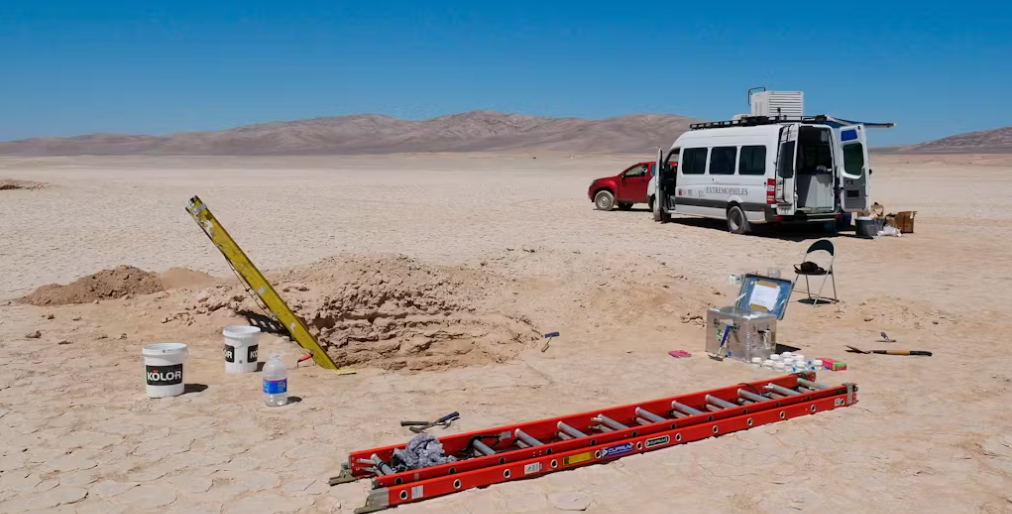Discover the Roman secrets hidden in an Egyptian pet cemetery, where exotic imports and letters reveal a surprising past!
Others are reading now
Polish researchers have recently unearthed a wealth of artifacts in an ancient Egyptian pet cemetery, shedding new light on the lives of Roman legionaries stationed in the region.
The dig site, located in Berenike on the Red Sea, has revealed not only the remains of past pets but also letters on papyrus written by Roman centurions, detailing fascinating aspects of trade and military organization in the province.
A Glimpse into Roman-Egyptian Life
Berenike was once a thriving port in Egypt and a mecca for exotic importation, facilitating the flow of exclusive goods from India, Asia, Arabia, and East Africa. Over time, it evolved into an important trading hub for the Roman Empire.
This intercontinental trade is vividly illustrated in the words of Roman centurions Lucinius and Petronius.
Also read
In one letter, Petronius inquires about the prices of exotic luxury goods in Berenike and mentions sending money via “dromedarius,” a unit of Roman soldiers traveling on camels. He also requests “veal and tent poles” for his men.

Exotic Pets and Burial Practices
Among the most intriguing discoveries at the site are the skeletons of over 200 animals, including cats, dogs, calves, and notably, monkeys. These animals were buried in specially made graves, indicating the high regard in which they were held.
Particularly interesting are the graves of macaques, two species of which were native to India and evidently imported via the Indian Ocean and Red Sea. These monkeys were considered status symbols and were treated with human-like care.
Professor Marta Osypińska from the University of Wrocław notes that the abundance of monkey remains at Berenike, compared to other Roman provinces, points to their special status.
Unlike the simpler burials of cats and dogs, monkey graves contained play things like iridescent shells and knobbly items, as well as collars and harnesses. Some monkeys were even buried with their own pets.
One grave contained a female macaque laid to rest with a large haliotis shell from the Indian Ocean beside her head, covered with a reed mat and marked by a tombstone made of amphora fragments. The presence of balsam resin on the feet of another macaque suggests attempts at medical treatment.
The findings provide a vivid picture of life in Berenike under Roman rule.
For other civilizations, such a find would be monumental; for Rome, it is yet another example of their extensive reach and sophisticated societal structure.

